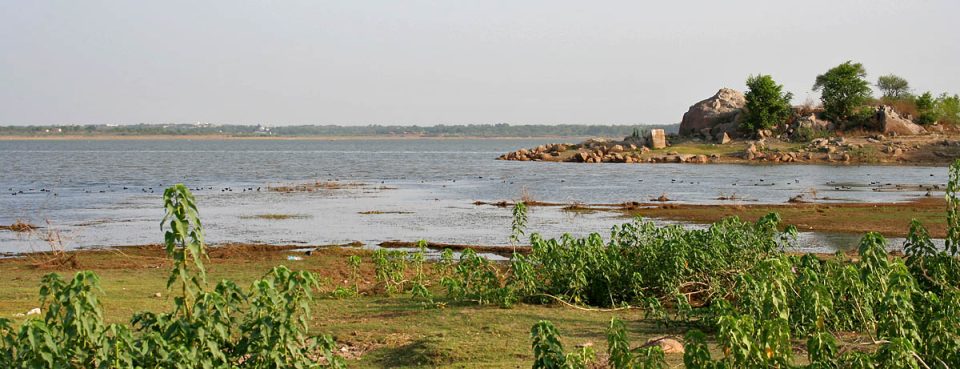
Why KCR's big move on twin reservoirs could lead to floods in Hyderabad?

Can two water reservoirs that serve a huge city like Hyderabad ever become redundant? The Telangana government, evidently believing so, has repealed the protection it offered to the twin reservoirs Himayat Sagar and Osman Sagar, making environmentalists cry foul and allege that it’s only to serve the interests of realtors.
On March 14, replying to a question in the Assembly, Chief Minister K Chandrasekar Rao announced that GO 111, which governs the 1.32-lakh-acre catchment area of the reservoirs, would be repealed. This Government Order (GO) was issued by the then Andhra Pradesh government in 1996 to prohibit the establishment of industrial and other structures within a 10-km radius of the two tanks.
Govt’s logic
According to KCR, the protection for the two reservoirs has now become redundant because back in 1996, these used to supply drinking water to Hyderabad. Now, the city gets abundant water supply from the Krishna, Godavari, and Manjeera rivers. Hence, the GO can be done away with.
“Hyderabad will not face any water problem for another 100 years. Alternative sources for Himayat Sagar and Osman Sagar have been put in place. So, the GO can be revoked,” KCR declared, to the loud thumping of benches by his legislators.
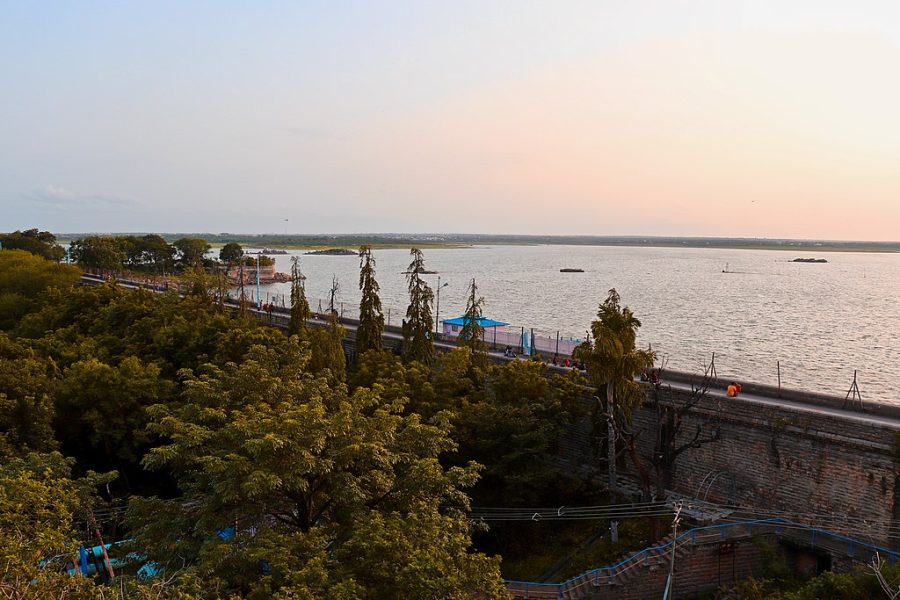
A decision to this effect was taken in the Cabinet on May 18. Revealing its contents, state Finance Minister T Harish Rao said the Cabinet felt GO 111 had become redundant as the city was no longer dependent on these reservoirs for drinking water.
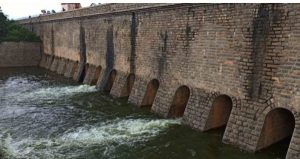
He claimed that the people of the 84 villages that come under the protected area have long demanded that GO 111 be repealed so that they, too, “can enjoy the fruits of development” like the other areas around Hyderabad, which will evidently come only when construction activities are allowed.
Experts cry foul
Understandably, the move has not gone down well with environmentalists, developmental economists, and lake experts, who argue that a water reservoir can never become “redundant” as they are not only meant for water supply but also designed to prevent floods.
They argue that the move to repeal GO 111 is only to open the flood gates for real estate development, which will effectively lead to the “dangerous” concretization of a green zone that was created following the floods that devastated Hyderabad in 1908. The destructive flood is said to have killed people in the thousands and caused immense damage to property.
The two reservoirs were designed by Sir Mokshagundam Viswesvaraya, India’s leading engineer in the 1920s.
“Himayat Sagar and Osman Sagar were built to control floods. Using them for drinking water was an afterthought. Ignoring that with an eye on money-making real estate development in the name of local people’s demand will have disastrous consequences,” said Prof. BV Subbarao, a lake ecology expert.
Also read: KTR accuses Centre of denying funds, hampering Hyderabad’s development
All about realty?
According to Prof. Subbarao, all locals have sold off their lands long ago. “Very few people possess land in that region. Hence, saying that the people are demanding the repeal is wrong. Let a sitting judge conduct an inquiry on who owns land in the catchment area. Let the government come out with a white paper on the notarization of land,” he added.
He also warned that the repeal would destroy the fine ecological balance created by the waterbodies. “If unregulated urban expansion is allowed in the sensitive catchment area, it will not only rapidly degrade local ecological conditions but also induce urban heat pockets that contribute to climate change, resulting in unchecked rain and flash floods,” the passionate lake conservation campaigner told The Federal.
Concretization increases flood risk by eight to 10 times, he said. “Irrespective of geographical position — coastal, land-locked, or hilly — cities have fallen victims to devastating flash floods. With the repeal of GO 111, Hyderabad will soon face the threat,” Prof. Subbarao warned.
Though the government has assured that green belts, buffer zones, and drainage systems will be taken care of to preserve the lakes, Prof. Subbarao said it was difficult to believe these words given the state’s poor record in preserving lakes.
Chinks in govt’s logic
Another expert, Prof. Donthi Narasimha Reddy, was unhappy with the KCR’s statement that the lakes would be filled with water from the faraway Kaleshwaram Project.
“Filling reservoirs with Krishna and Godavari waters goes against the basic premise of the Telangana movement, which espoused the idea of local resources for local people. The lakes should be filled with local water resources. Transferring Godavari water will create regional tension in future,” Prof. Donthi warned.
He, too, said that the government’s sole aim for repealing the GO seems to be to benefit the rich realtors and celebrities who buy land from local farmers and build farmhouses.
Both Subbarao and Donthi pointed out that GO 111 had put no bar on promoting horticulture in the zone to improve the living standards of local people.
Also read: Hyderabad’s last Nizam Mukarram Jah dies; mystery shrouds his life and times
Social justice angle
Arguing from the perspective of social justice, developmental economist Dr Tada Prabhakar Reddy said lifting of GO 111 is bound to disturb the social fabric of Hyderabad city.
“By driving away small farmers, rich industrialists, corporates, and realtors will pounce on the land now freed of all restrictions. A few farmers with small holdings will find it difficult to survive amid the emerging posh villas, farmhouses, and corporate offices. They will be forced to sell off their land at what they will consider attractive prices. In no time, they will squander the money and end up as watchmen or in petty jobs in their own area, accentuating social inequalities in the city,” said the former UNICEF consultant.
Samajwadi Party president Prof S Simhadri feels the repeal of GO 111 is nothing but a large-scale land grab by the state government. “It seems politicians or realtors have already bought most of the land. The chief minister says he will pump Kaleshwaram project water into Gandipet or Osman Sagar and Himayat Sagar. This paves way for large-scale land grabbing in the catchment area,” said Prof. Simhadri, who retired from Osmania University.
Renowned environmental advocate Karanam Shravan Kumar also believes that the repeal of GO 111 will compromise on the safety of Hyderabad city. “The threat of floods to Hyderabad has increased manifold in recent days. Repeal of GO 111 will disturb the ecology of the catchment area and make the area more flood-prone,” Shravan said.
History of the reservoirs
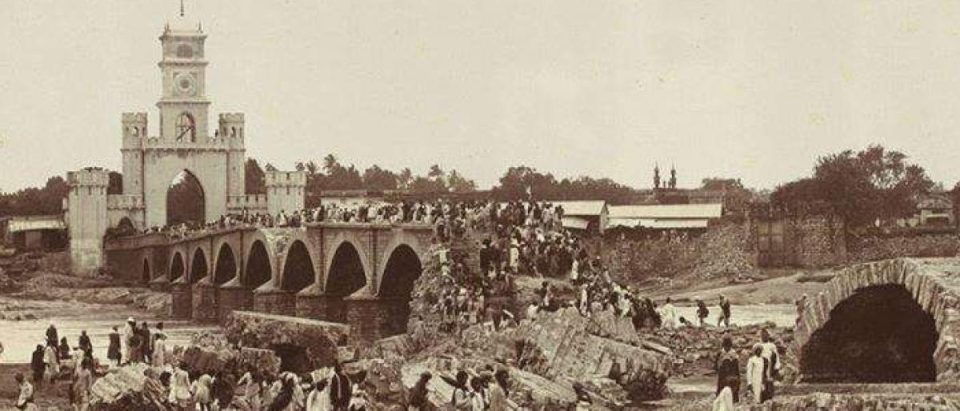
A brief look at the history of the twin reservoirs will reveal that the experts’ fears are not unfounded. The 1908 flood happened after rainfall of unusual intensity led the Musi river, which traverses the breadth of Hyderabad, to breach its banks. This happened although the basin had 788 small tanks to hold floodwaters.
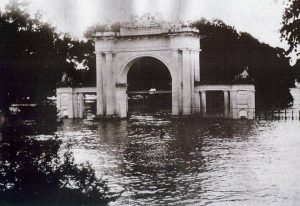
The then Nizam’s government appointed Sir Visweswaraya in 1909 to come up with a solution. His mandate was: 1. To advise and assist with the reconstruction of Hyderabad city; 2. To frame proposals for future protection of the city from the floods; and 3. To prepare a complete scheme of drainage for Hyderabad city and Chaderghat.
“…immunity to the city from floods could come only by providing storage room above the city by temporarily impounding all floods in excess of what the river channel could carry. This necessitated the construction of storage reservoirs of adequate capacity above the city,” Visweswaraya wrote in his memoirs. The tanks he built were named Osman Sagar and Himayat Sagar.
Hence, the reservoirs are primarily flood-water-impounding structures. Much later, the government started using the water to meet the drinking water needs of Hyderabad.
About GO 111
First, on January 1, 1989, GO 50 (MA) was issued to stop unauthorized check dams, tapping of groundwater, and illegal occupation of land to ensure free inflow of water into the two reservoirs.
In 1994, GO 192 was issued to ban 68 types of polluting industries within a 10-km radius of the two lakes. On March 08, 1996, GO 111 was issued to further tighten the safeguards of the two reservoirs. The catchment area within a 10-km radius of full tank level was declared a prohibited zone.
However, the KCR government, since coming to power in 2014, has been viewing liquor and land as its principal revenue sources and has been toying with the idea of lifting GO 111, which has “locked up” 1.32 lakh acres. In April 2022, the government relaxed the restrictions through GO 69. Now, it has decided to repeal GO 111 altogether. The area houses about 40 lakh acres of government land.

